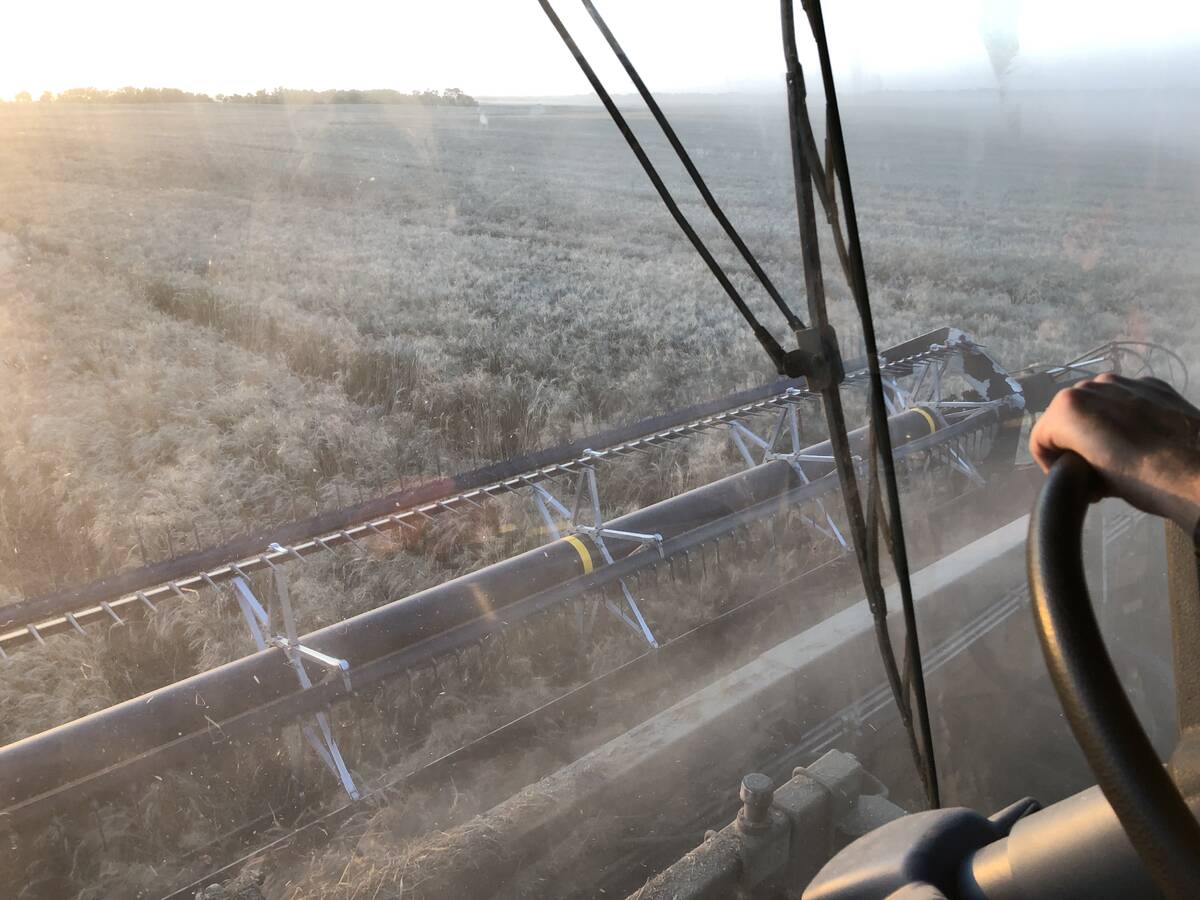Paris Hills project | Close to 40 new phosphate facilities expected
A Canadian company is expected to open a phosphate rock mine in Idaho in late 2014 or early 2015.
It will be the first underground phosphate rock mine in the United States and will add to the expanding global supply of phosphate rock and phosphate fertilizers.
Stonegate Agricom Ltd. is a junior mining company based in Toronto.
Most phosphate rock mines are open pit, but the phosphate deposit at Stonegate’s Paris Hills project in southeastern Idaho runs from the surface to a depth of 1,100 metres. It is doubly unusual because Stonegate is digging into a North American industry dominated by major players like Mosaic, Agrium and Potash Corp.
Read Also

Mail strike disrupts grain sample delivery
The Canadian Grain Commission has asked farmers to consider delivering harvest samples directly to CGC offices, services centres or approved drop offs as Canada Post strike delays mail.
Despite the challenges of underground mining and competition from vertically integrated players in the fertilizer business, chief executive officer Mark Ashcroft said the project is financially viable because the phosphate rock at the Paris Hills site is high grade.
“This requires no beneficiation or processing from our side before the integrated producers can use (it) to actually manufacture MAP or DAP,” said Ashcroft, who went to high school in Thompson, Man., before launching a 20 year career in mine management and mine project finance.
“That’s the opportunity here. It’s such high grade that we don’t have to process it.”
In late March, Stonegate released a pre-feasibility study for its Idaho project, noting the mine will have a life of 14 years and annually produce 800,000 to one million tonnes of rock.
Stonegate estimates the average price for phosphate rock will be $160 per tonne over the life of the mine, which is 20 percent lower than the current price of $200 per tonne.
Ashcroft said the price estimate is conservative, but it’s possible phosphate rock and phosphate fertilizer prices could remain lower in the medium and long term because countries like Morocco and Saudi Arabia have developed or plan to expand their phosphate production.
“Currently, there are major projects carried out in Morocco, Peru, Saudi Arabia and Russia that will bring new mining and processing capacity for phosphate rock over the next five years,” said Michel Prud’homme, director of production and international trade for the International Fertilizer Industry Association (IFA).
“So, indeed there will be an increment of potential rock production over the next five years… (of) 26 percent or 20 percent.”
In a 2011 report, Prud’homme and his IFA colleague Patrick Heffer said global phosphorus fertilizer supplies would grow from 42.1 million tonnes in 2011 to 47.8 million tonnes in 2015. Phosphorus fertilizer demand would expand from 40.7 million tonnes to 44.0 million tonnes in 2015.
“Over the next five years, close to 40 new (phosphate plants) are planned to come on stream in 11 countries,” they wrote.
As an example of increasing global supplies, Saudi Arabia opened the Maaden plant in 2011, the largest phosphate fertilizer facility in the world. At full capacity, it can produce three million tonnes of di-ammonium phosphate (DAP) annually, which represents about 10 percent of global DAP production.
David Asbridge, a fertilizer industry analyst who runs NPK Fertilizer Advisory Services in St. Louis, Missouri, has predicted that expanding global supplies will put downward pressure on phosphate fertilizer prices in the short and medium-term.
Ashcroft said he isn’t worried that prices will collapse. It will take years and a great deal of foreign capital for Morocco to turn its massive phosphate rock deposits into fertilizer. As well, the Maaden plant may be huge but it hasn’t severely disrupted the supply-demand balance.
“When it (Maaden) was initially coming on, it was three million tonnes of (DAP) production (annually). The net impact is only about 1.5 million (tonnes) because there were other facilities around the world closing down.”
- They are natural minerals requiring minimum processing, which circumvents the production cycle, which may be polluting wastes.
- They can be used in organic agriculture.
- Based on the unit cost of phosphorus, natural or indigenous phosphate rock is usually the cheapest.
- Because of their variable and complex chemical composition, phosphate rocks are sources of several nutrients other than phosphorus.
- Not all phosphate rock is suitable for direct application.
- Not all soils and cropping systems are suitable for phosphate rock of different origin.
- There is a lack of knowledge about the main factors and conditions affecting the agronomic effectiveness of phosphate rocks and an inability to predict their effectiveness, as well as a lack of assessment of socio-economic and financial benefits.
- The low grade of some phosphate rocks compared with high-grade commercial phosphorus fertilizers makes them more expensive at the point of application.
- Sedimentary phosphate rock shows a complex structure. It has variable chemical constituents and may contain elements such as heavy metals and even radionuclides that upon dissolution of the phosphate rock in the soil may be harmful at some concentrations.

















